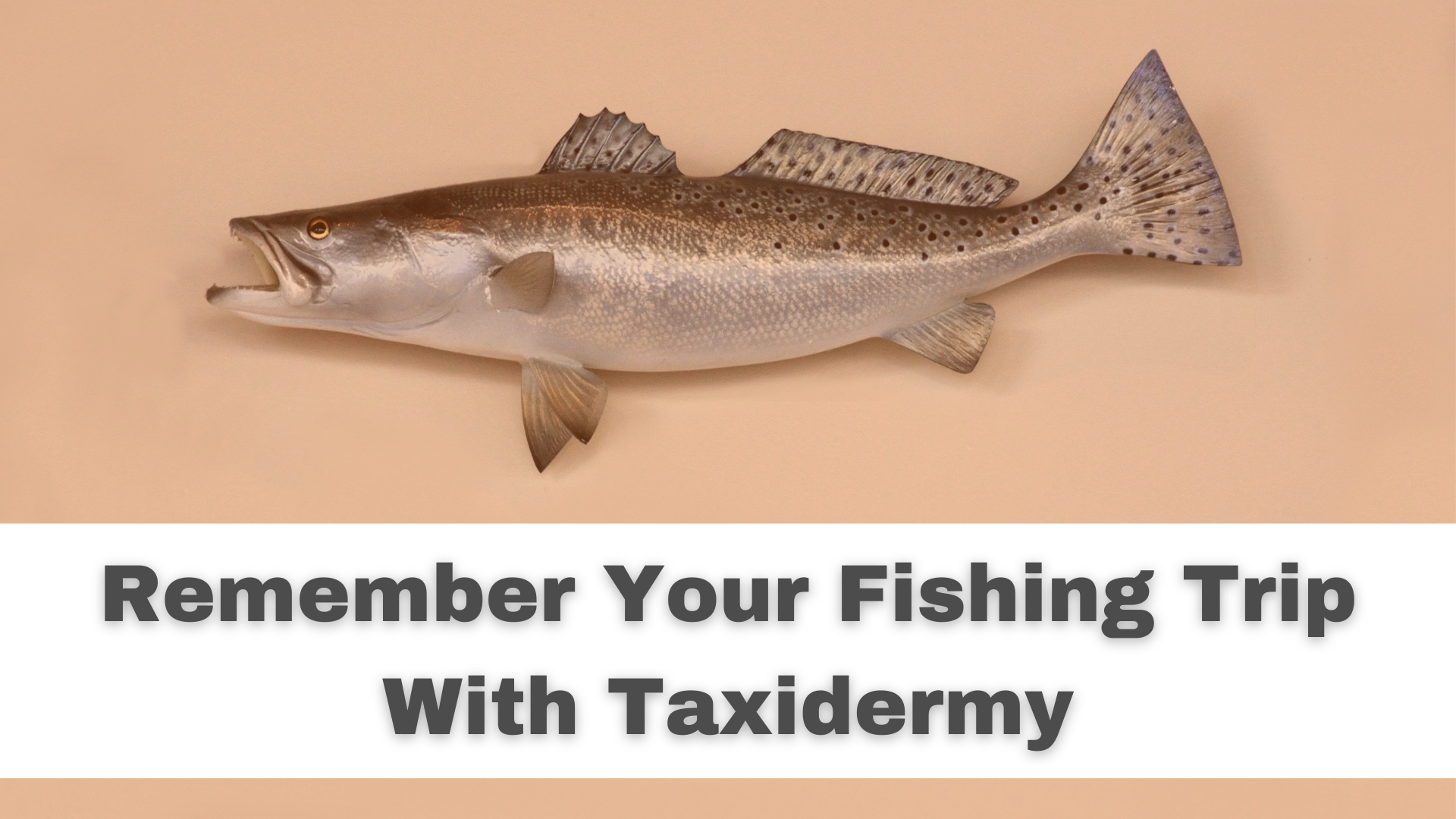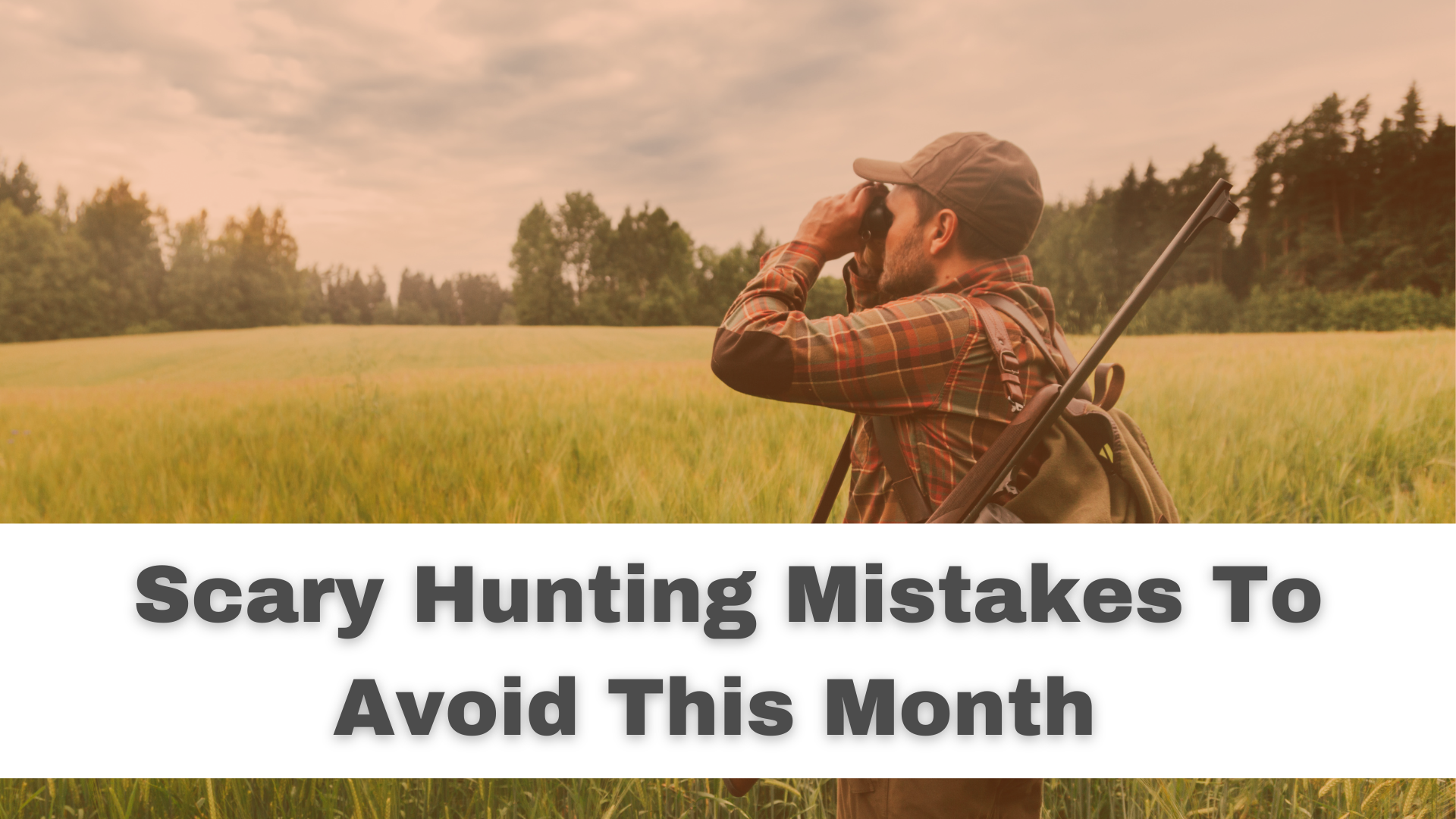As the temperatures rise and the days get longer, many anglers turn their attention to the saltwater fishing opportunities available in Eastern North Carolina. Here are five local saltwater fishing spots worth checking out this summer:
Cape Lookout National Seashore. Located on the southern Outer Banks, Cape Lookout offers some of the best surf fishing in the state. Red drum, bluefish, and Spanish mackerel are just a few of the species you can target here.
Beaufort Inlet. This deepwater inlet is home to a variety of fish species, including striped bass, flounder, and bluefish. The inlet is also a popular spot for offshore fishing charters.
Bogue Inlet. Located in Emerald Isle, Bogue Inlet is a great spot for targeting flounder and speckled trout. The inlet is also a popular spot for surf fishing.
Pamlico Sound. This large, shallow sound is home to a variety of fish species, including red drum, spotted seatrout, and flounder. Kayak fishing is a popular way to explore the Sound's many creeks and marshes.
Neuse River. The Neuse River is a popular spot for targeting striped bass, flounder, and red drum. The river is also home to a number of fishing tournaments throughout the year. Remember to always follow local fishing regulations and practice catch-and-release whenever possible.
If you’re planning on going fishing this season, contact Tim Knight Taxidermy at (919) 291-6506, and let us bring your harvest back to life!









